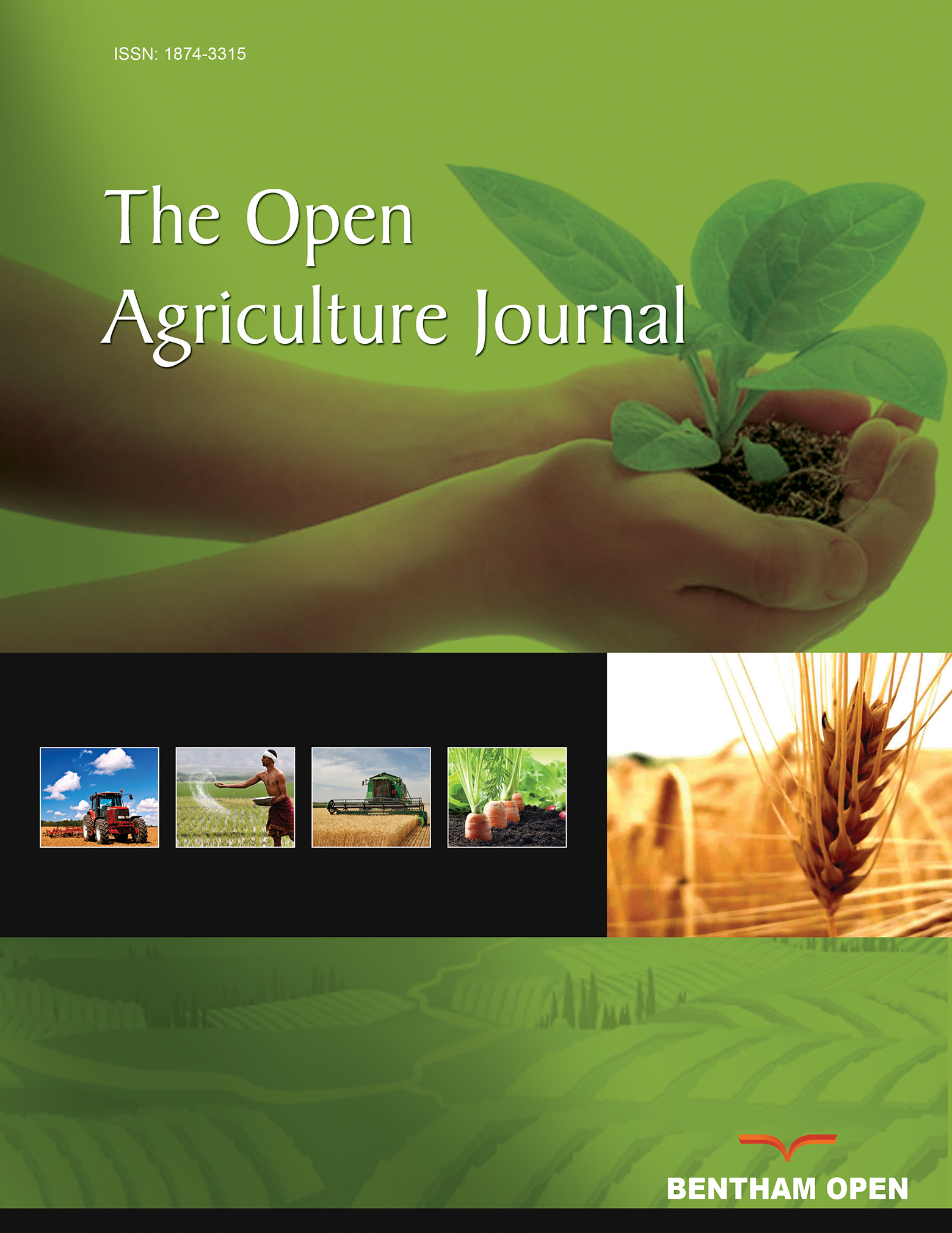All published articles of this journal are available on ScienceDirect.
Influence of Nitrogen Application and Drip Irrigation on Greenhouse Gas Emissions and Yield of Cardoon Crop (Cynara cardunculus L.)
Abstract
Background:
Cardoon is a multi-purpose crop with a wide spectrum of potential applications.
Objective:
The aim of this study was to assess the effects of nitrogen (N) application and drip irrigation practices on emissions of nitrous oxide (N2O), carbon dioxide (CO2) and methane (CH4) and morphological characterization and biomass production of cardoon crop.
Methods:
The experiment was run under field conditions from April to August 2018. The field experiment was a randomized complete block design with three replications and four treatments: (i) non-amended soil as control (CONTR); (ii) mineral N fertilizer and non-irrigated (NITRO); (iii) non-fertilized and drip irrigation (IRRIG); and (iv) mineral N fertilizer and drip irrigation by fertigation (FERTI). The fluxes of N2O, CO2 and CH4 were measured by the closed chamber technique and the morphological characteristics and yield of cardoon plants were evaluated per treatment.
Results:
Results showed that the N2O emissions and global warming potential were not significantly different among the application of mineral N fertilizer itself or by drip fertigation with an emission rate of 0.5% of N applied and -6,8 t CO2-eq. ha-1. The characteristics related to biomass production did not differ significantly (p>0.05) between amended treatments although numerically higher in IRRIG treatment.
Conclusion:
It was concluded that the application of mineral N fertilizer itself or drip fertigation had no significant effect on N2O emissions and global warming potential. Additionally, the plant growth, including biomass production, increased due to drip irrigation, but not significantly.


